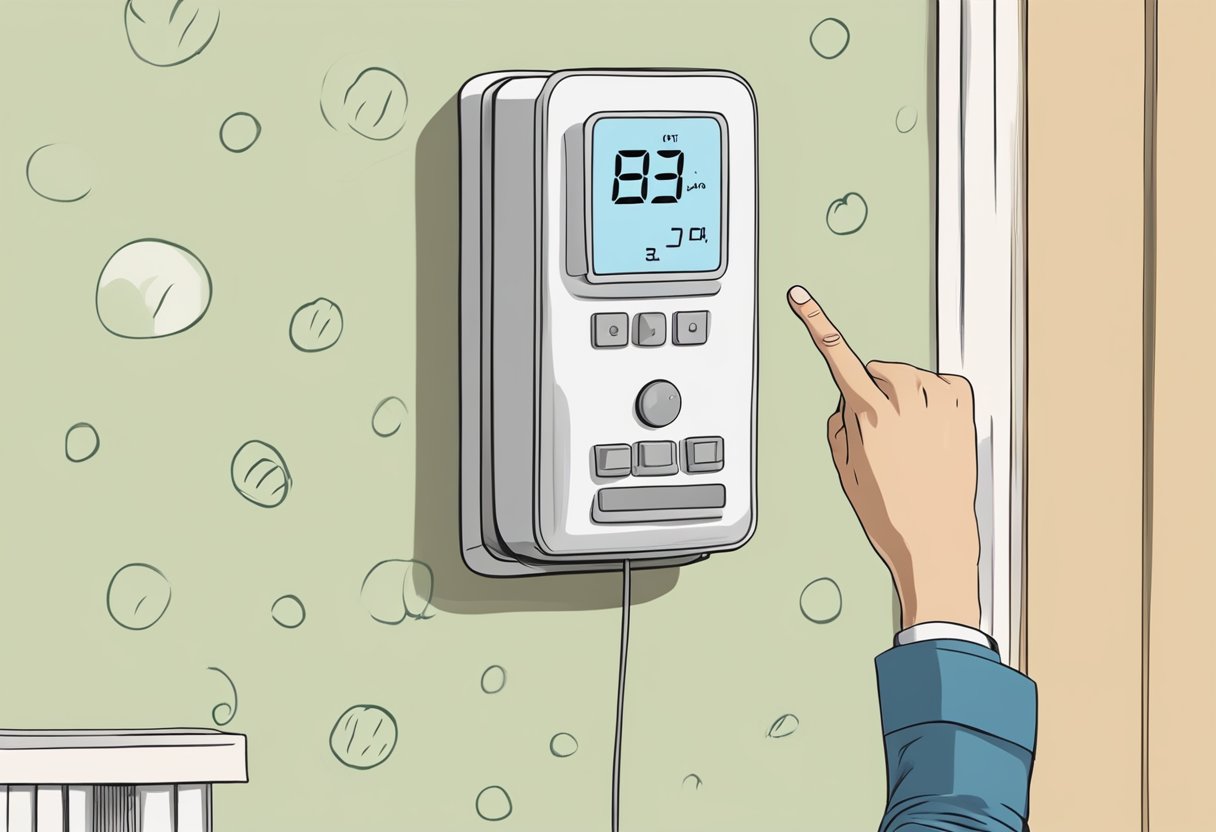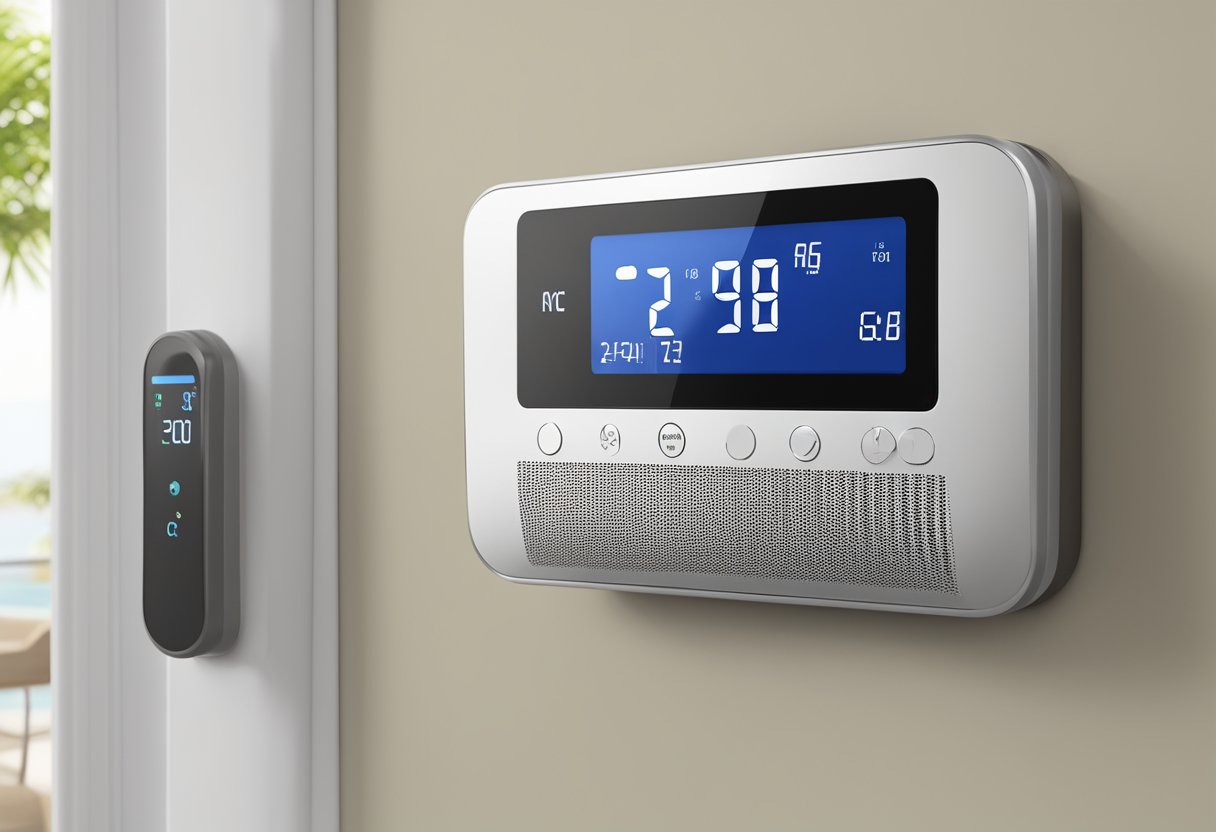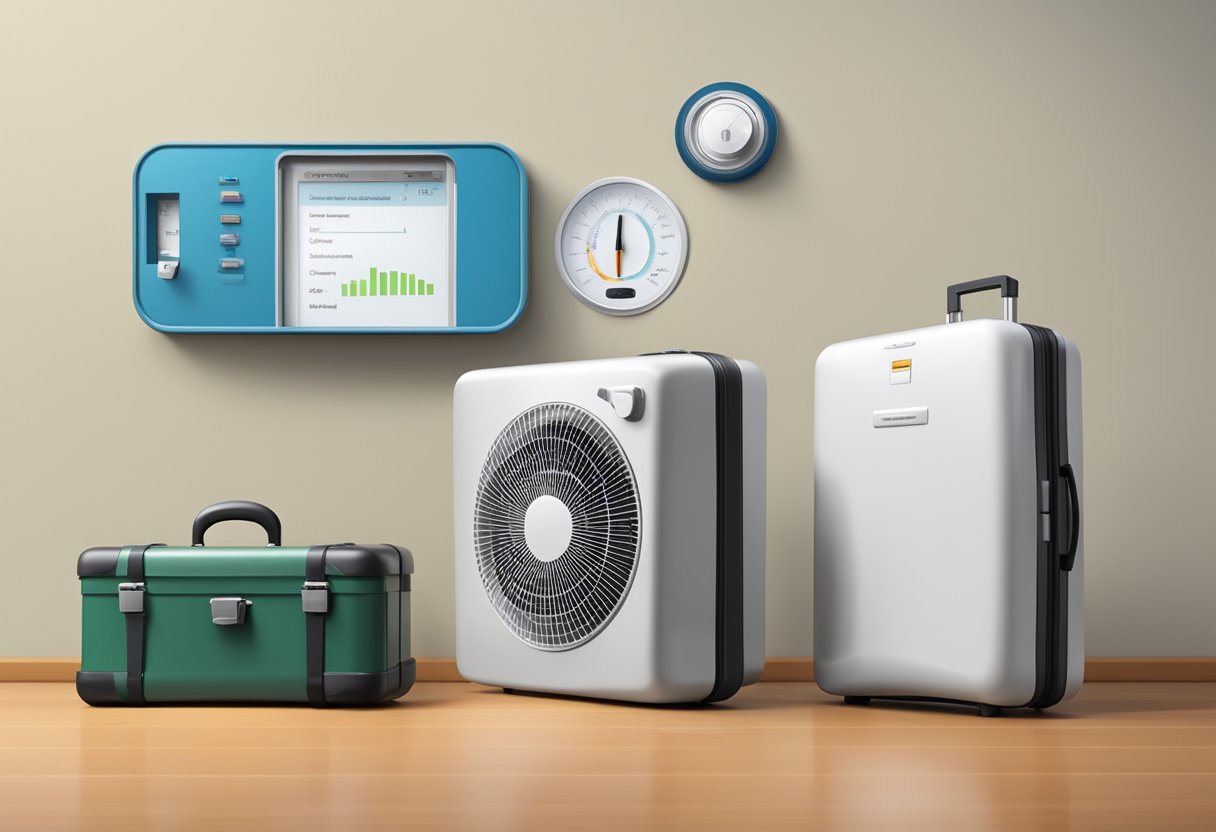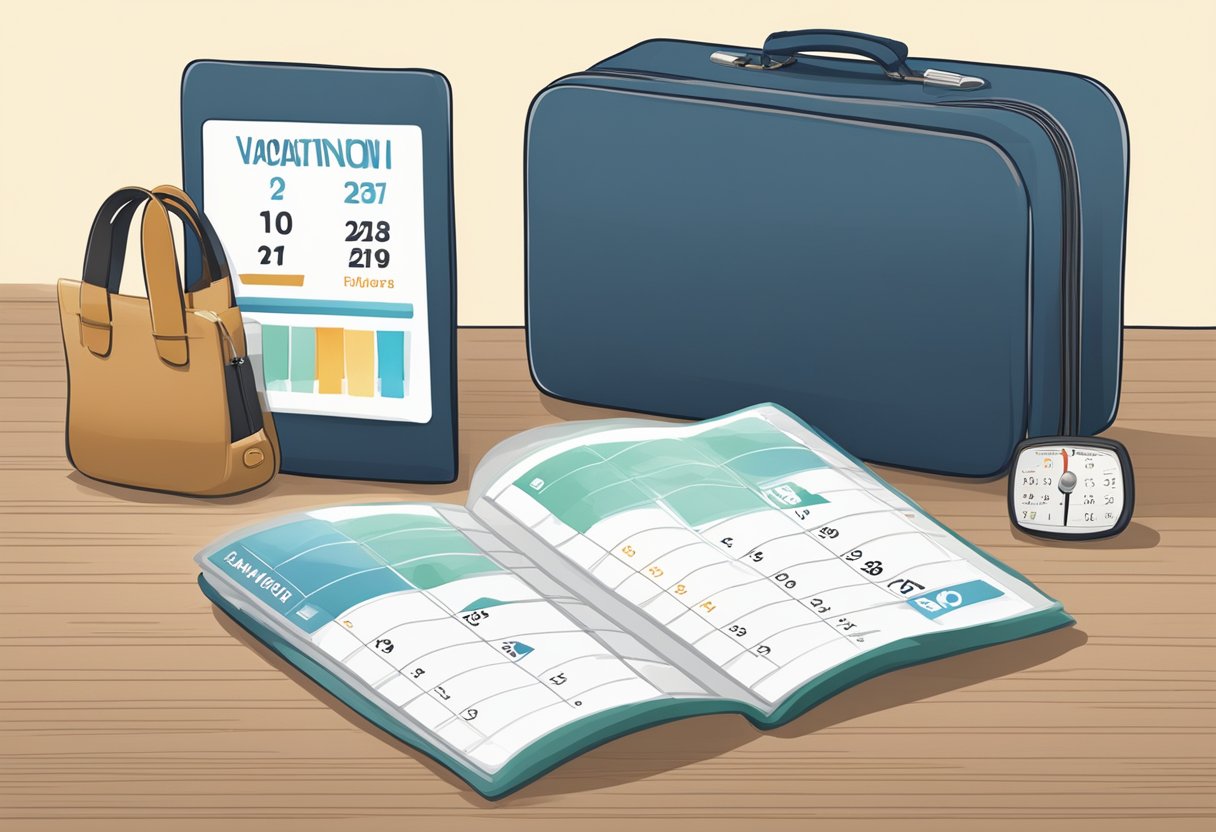Check Best Thermostat Pricing in Amazon
** As an Amazon Associate, I earn from qualifying purchases.
Many people wonder whether they should turn off their thermostat while on vacation. The answer to this question depends on several factors, including the length of the vacation, the climate, and the type of heating system in the home. In general, turning off the thermostat during a short vacation in mild weather is unlikely to cause any problems, but it may not be the best option for longer trips or in colder climates.

One of the main reasons to turn off the thermostat while on vacation is to save energy and reduce utility bills. Heating and cooling account for a significant portion of household energy use, so turning off the thermostat when no one is home can help to lower energy consumption.
However, completely turning off the heat in a home during the winter months can lead to problems such as frozen pipes or damage to furniture and other household items. Therefore, it is important to consider the length of the vacation and the climate when deciding whether to turn off the thermostat.
Understanding Thermostats and Vacation Modes

How Thermostats Work
Thermostats are devices that regulate the temperature of a room or building. They are designed to turn on and off heating or cooling systems to maintain a set temperature. Most thermostats have a range of settings that allow users to adjust the temperature according to their preference.
Thermostats work by sensing the temperature in the room and comparing it to the temperature that has been set. If the room temperature is lower than the set temperature, the thermostat will turn on the heating system. If the room temperature is higher than the set temperature, the thermostat will turn on the cooling system.
Benefits of Vacation Mode
Vacation mode is a feature found on many thermostats that allows users to set their thermostat to a specific temperature while they are away. This feature is designed to save energy and money by reducing the amount of energy used to heat or cool a home when no one is there.
By setting the thermostat to a higher temperature in the summer or a lower temperature in the winter, users can save money on their energy bills while they are away. Vacation mode also helps to prevent damage to pipes and appliances by maintaining a consistent temperature in the home.
Energy Savings and Efficiency

Cost-Benefit Analysis
Turning off the thermostat while on vacation can result in significant energy savings. However, the actual amount of savings depends on various factors, such as the duration of the vacation, the location of the house, and the efficiency of the heating and cooling system.
To determine the cost-benefit analysis of turning off the thermostat, homeowners should consider the cost of heating or cooling the house while they are away versus the cost of re-heating or re-cooling the house when they return. In general, if the vacation lasts for more than three days, turning off the thermostat can lead to cost savings.
Impact on Energy Consumption
Turning off the thermostat while on vacation can also have a positive impact on energy consumption. According to the U.S. Department of Energy, heating and cooling account for almost half of the energy use in a typical home. By turning off the thermostat, homeowners can reduce their energy consumption and help to lower their carbon footprint.
However, it is important to note that turning off the thermostat completely can also have negative consequences. For example, if the house gets too cold, it can cause pipes to freeze or damage to the home. Similarly, if the house gets too hot, it can cause damage to furniture and other items.
Security and Maintenance Considerations

Preventing Damage
Turning off the thermostat while on vacation can lead to potential damage to the home, especially during extreme weather conditions. For instance, if the temperature drops below freezing, the pipes in the home may freeze and burst, causing significant water damage. Similarly, during hot weather, turning off the air conditioning can cause humidity to build up, leading to mold growth and other issues.
To prevent damage while still saving energy, homeowners can consider setting the thermostat to a higher temperature during the summer months or lower temperature during the winter months. This will ensure that the home remains at a comfortable temperature while preventing damage caused by extreme weather conditions.
Security Implications
Turning off the thermostat while on vacation can also have security implications. A home that appears empty for an extended period may attract burglars or intruders. However, leaving the air conditioning or heating on at a low setting can help create the illusion that someone is still at home.
Alternatively, homeowners can consider installing a smart thermostat that allows them to control the temperature remotely. This will allow them to adjust the temperature as needed while also keeping their home secure.
Check Best Thermostat Pricing in Amazon
** As an Amazon Associate, I earn from qualifying purchases.
While turning off the thermostat while on vacation may seem like a good way to save energy and money, it can lead to potential damage and security issues. Homeowners should consider alternative methods to save energy while still maintaining a comfortable and secure home.
Seasonal Considerations

Summer and Winter Settings
During the summer months, it’s recommended to set your thermostat to a higher temperature while you’re away on vacation. This will save energy and reduce your overall energy bill. Experts suggest setting the thermostat to 85°F or higher. However, it’s important to note that you should not turn off your air conditioning completely. This can cause humidity to build up in your home, which can lead to mold growth and other issues.
In the winter, it’s recommended to set your thermostat to a lower temperature while you’re away on vacation. This will also save energy and reduce your overall energy bill. Experts suggest setting the thermostat to 50°F or higher. This will prevent your pipes from freezing and bursting while you’re away.
Mild Weather Strategies
If you’re going on vacation during mild weather, you may not need to adjust your thermostat as much. During the spring and fall, you may be able to turn off your heating and cooling systems completely, as long as the temperature inside your home remains within a safe range. It’s important to note that you should always check the weather forecast before you leave for vacation and adjust your thermostat accordingly.
Adjusting your thermostat while you’re away on vacation can help you save energy and reduce your overall energy bill. However, it’s important to consider the season and weather conditions before making any adjustments. By following these simple tips, you can ensure that your home stays safe and comfortable while you’re away.
Returning to a Comfortable Home

After a relaxing vacation, returning to a comfortable home is a top priority for most homeowners. While turning off the thermostat completely may seem like a good idea to save energy and money, it may not be the best option for those who want to return to a cozy home.
Pre-Return Adjustments
Before leaving for vacation, it is recommended to adjust the thermostat to a temperature that is slightly higher or lower than the usual setting, depending on the season. For example, during the summer, setting the thermostat to 85°F can help save energy while keeping the house from getting too hot. Similarly, during the winter, setting the thermostat to 60°F can help prevent pipes from freezing while still saving energy.
Smart Thermostats and Remote Control
For those who have a smart thermostat, it is possible to control the temperature of the house from anywhere in the world using a smartphone or tablet. This allows homeowners to adjust the temperature to their desired setting before returning home, ensuring a comfortable environment upon arrival.
In addition, some smart thermostats have a feature that learns the homeowner’s schedule and preferences, automatically adjusting the temperature accordingly. This can save energy and money in the long run while still maintaining a comfortable home.
While turning off the thermostat completely may seem like a good idea to save energy and money, it may not be the best option for those who want to return to a cozy home. By making pre-return adjustments and using smart thermostats with remote control, homeowners can ensure a comfortable home upon their return.
Conclusion

In conclusion, turning off the thermostat while on vacation can save energy and money. However, it is important to consider the potential consequences such as frozen pipes or mold growth. If you decide to turn off the thermostat, it is recommended to set the temperature to at least 55°F to prevent any damage to your home.
Another option is to invest in a programmable thermostat that allows you to set different temperatures for different times of the day. This can help you save energy and money while still maintaining a comfortable temperature in your home.
Ultimately, the decision to turn off the thermostat while on vacation depends on personal preference and the specific circumstances of your home. It is important to weigh the potential benefits and risks before making a decision.
Check Best Thermostat Pricing in Amazon
** As an Amazon Associate, I earn from qualifying purchases.


